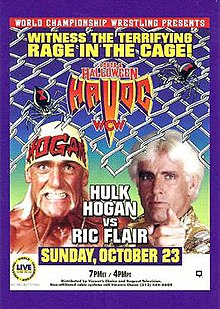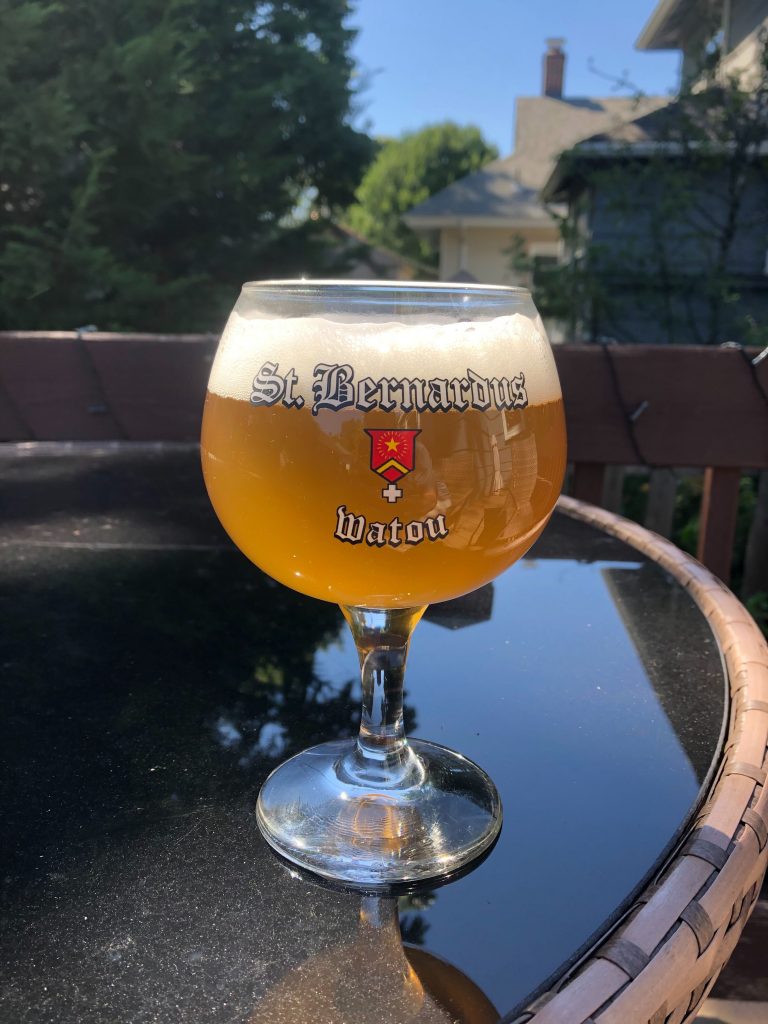I’m taking to writing this blog post after the inspiration of conversations from a monthly RIBS meeting. My goal here is to highlight what I am working on, struggling with, successes and failures in order to hear from those with more experience in response, and maybe help those in a similar situation.
For the past year I have brewed, pretty much, the same NEIPA recipe. Typically, each batch I will change one or two things and make notes into Beersmith. My goal is to refine my recipes and my process. One focus has been on my kegging process. When experimenting with hopping rates, timing, etc. the common obstacle for me is clogged ball lock connectors. The amount of dry hops put into a NEIPA consistently clog up my connectors. I have tried increasing cold crash from 24 hours to 48. This helped slightly but didn’t totally fix the situation. My next solution was to keep multiple connectors on hand. Once one would get clogged I would attach another, purge out the air introduced to the line, and continue to transfer.
Unclogging and sanitizing and putting the connectors back into the rotation has “worked” but is very tedious, and frustrating. I’m also nervous about the opportunity for infection, introducing oxygen, and wasted beer (very minimal but still).
My next attempt is going to be to use an inline beer filter. My current plan is to purge the line of oxygen by letting beer flow through and sacrificing the first bit that comes out. My hope is that the micron filter won’t become too clogged in the process and I can transfer 5 gallons without having to clear out the filter.
If the filter does get clogged I will use the same process of cleaning, sanitizing, and purging the line of oxygen. I’m considering shortening the hose from the outlet to minimize the beer that would be lost.
In addition to trying to make the transfer process more streamlined, I have been changing my approach to carbonation as well. I know there are a few different camps out there on how this process should be done, i.e. set it and forget it vs. force carbonation. While I have had fine results with each method I have been transitioning to a slow and steady approach, with NEIPA batches at least. There are a couple reasons: it provides time for additional conditioning, and helps prevent over carbonation
The hype behind NEIPAs suggests that the closer to packaged date the better. This idea is that you are getting the absolute freshest beer possible. In my experience, this hasn’t ALWAYS translated to better beer. This notion was supported in Scott Janish’s The New IPA with an excerpt from New York’s Other Half Brewing in which they suggested their customers sit on their beer a week or two before drinking.
I have been concerned with over carbonation with my NEIPA batches. While it is an easy fix, releasing the excess CO2 will scrub out much of the aromatics from dry hop that I have strived to contain. This low and slow method has helped keep in the aroma from the dry hop while also giving the beer a little extra time to condition.
I’m interested in others that have taken a similar or even different approach. What have been your successes, failures,and solutions?





